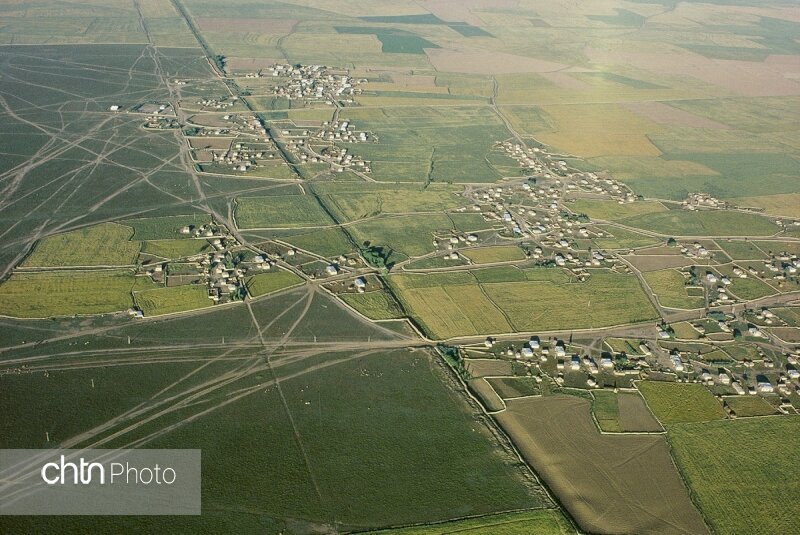Office dedicated to Great Wall of Grogan to be built in northern Iran

TEHRAN – Iran is scheduled to construct a special office for the Great Wall of Grogan, which the country pursues its possible inscription as a UNESCO World Heritage.
Stretched across Iran’s northern Golestan province, the defensive wall is about 200 km in length and it was built to prevent the invasion of the northern tribes. It is said to be the longest architectural work of ancient Iran, which was built in 90 years.
“Due to the huge scale of the wall and its related facilities as well as providing the necessary foundation for the possible global registration of the wall, while archaeological studies and restoration projects are underway, constructing an office that will provide tourism, protection, and research services are on the agenda,” the provincial tourism chief Ahmad Tajari said on Sunday.
A budget of 14 billion rials ($334,000 at the official exchange rate of 42,000 rials per dollar) has been allocated to the project, the official said.
“Covering an area of 900 square meters and a rectangular plan, the one-storey office will be similar to the castles of the wall.”
Various sections of the office will be comprised of a lecture and film room, an exhibit of archeological objects, a photo exhibition, a demonstration of handicrafts, a prayer hall, and a tea room to show off the activities in the region, he noted.
Also known as Red Wall, which in some ancient texts is referred to as the Red Snake, this wall is the longest brick ancient barrier between Central Europe and China, longer than Hadrian’s Wall and the Antonine Wall put together and the third-largest wall in the world after the walls of China and Germany.
Most parts of the gigantic monument are still hidden underneath the surface through some segments that have so far been unearthed and even restored to former glory.
Archaeological excavations have so far identified ditches, brick kilns, earthen dams, water canals, 38 forts, and watchtowers attached to the wall, and more than 25 castles in the southern margin of the wall as well as several ancient sites from prehistoric, historic, and Islamic eras.
The gigantic barrier is also more than three times the length of the longest late Roman defensive wall built from scratch, the Anastasian Wall west of Constantinople. The combined area of the forts on the Gorgan Wall exceeds that of those on Hadrian’s Wall about threefold.
According to UNESCO, the Gorgan Wall is remarkable not only in terms of its physical scale but even more so in terms of its technical sophistication. To enable construction works, canals had to be dug along the course of the defensive barrier, to provide the water needed for brick production. These canals received their water from supplier canals, which bridged the Gorgan River via qanats. One of these, the Sadd-e Garkaz, survives to 700 m in length and 20 m in height but was originally almost one kilometer long.
The Gorgan Wall and its associated ancient military monuments provide a unique testimony to the engineering skills and military organization of the Sassanian Empire. They help to explain its geographic extent, from Mesopotamia to the west of the Indian Subcontinent, and how effective border defense contributed to the Empire’s prosperity in the interior and its longevity. These monuments are, in terms of their scale, historical importance, and sophistication, of global significance.
Golestan is reportedly embracing some 2,500 historical and natural sites, with UNESCO-registered Gonbad-e Qabus – a one-millennium-old brick tower – amongst its most famous.
ABU/AFM
Leave a Comment